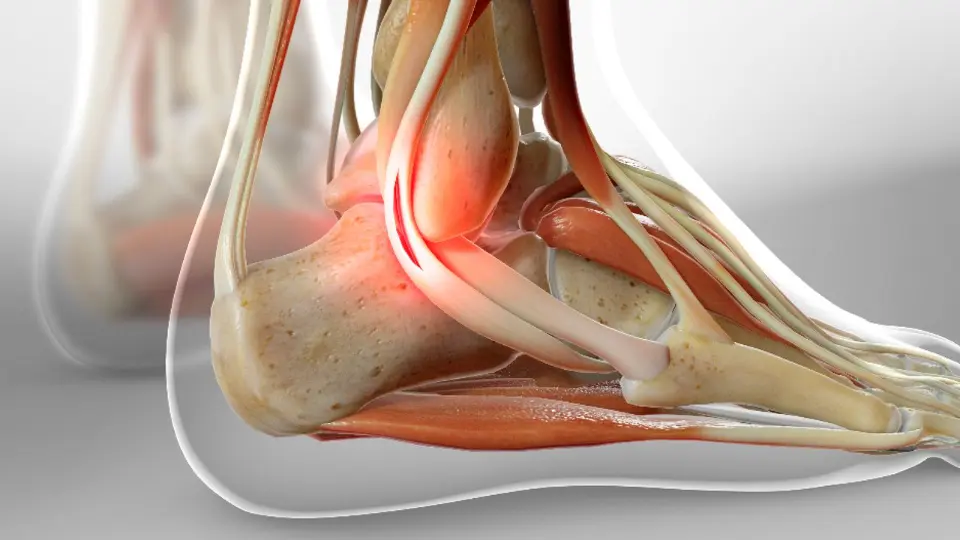Lateral Ankle Pain from Tendon Damage or Instability
What Are Peroneal Tendon Injuries?
Peroneal tendon injuries affect the tendons of the peroneus longus and peroneus brevis muscles, which run along the outer (lateral) side of the ankle. These tendons help stabilize the ankle and assist with foot movement, especially during walking and running. Injuries can range from inflammation (tendonitis) and degeneration (tendinosis) to partial or complete tears and tendon subluxation (slipping out of place). These conditions often lead to chronic lateral ankle pain, especially in athletes and individuals with repetitive ankle strain.
Causes and Risk Factors
- Ankle sprains or repetitive ankle inversion injuries
- Chronic ankle instability
- High-arched (cavus) foot anatomy
- Overuse or repetitive athletic activity (especially running, basketball, or dancing)
- Inadequate rehabilitation following ankle injury
- Improper footwear or poor biomechanics
Symptoms
- Pain along the outer side of the ankle or foot
- Swelling behind or below the lateral malleolus (outer ankle bone)
- A snapping or popping sensation along the outer ankle
- Weakness or instability when walking or standing
- Worsening pain with activity, especially on uneven surfaces
- Visible or palpable tendon subluxation in severe cases
Diagnosis
- Physical examination: tenderness, swelling, and pain with resisted foot eversion
- Ankle instability or abnormal tendon movement may be detected
- MRI: shows inflammation, tearing, or subluxation of the tendons
- Ultrasound: dynamic imaging to assess tendon movement during motion
- X-rays: may identify associated bony abnormalities or rule out fractures
Treatment
Non-Surgical Treatment
- Rest, ice, compression, and elevation (RICE)
- Anti-inflammatory medications
- Immobilization with a walking boot or brace
- Physical therapy to improve ankle strength and flexibility
- Custom orthotics for foot alignment correction
- Gradual return to activity over 4–6 weeks
Surgical Treatment
- Recommended if symptoms persist after conservative care or in cases of tendon tears or instability
- Tendon debridement and repair: removal of damaged tissue and repair of partial tears
- Tendon transfer: in cases of severe damage to one tendon
- Retinaculum repair: to stabilize subluxing tendons
- Groove-deepening procedures: to create a more stable track for the tendons
Recovery Timeline
- Non-surgical recovery: 4–8 weeks with gradual return to activity
- Surgical recovery:
- Immobilization for 4–6 weeks
- Physical therapy begins after initial healing
- Return to light activity by 3 months
- Full return to sport or high-impact activity by 4–6 months
Expert Treatment at Kerlan Jobe Institute
Our foot and ankle specialists at Kerlan Jobe Institute have extensive experience in managing peroneal tendon injuries with both non-operative and surgical approaches. We focus on restoring ankle stability, relieving pain, and helping patients return safely to their sport or active lifestyle.

